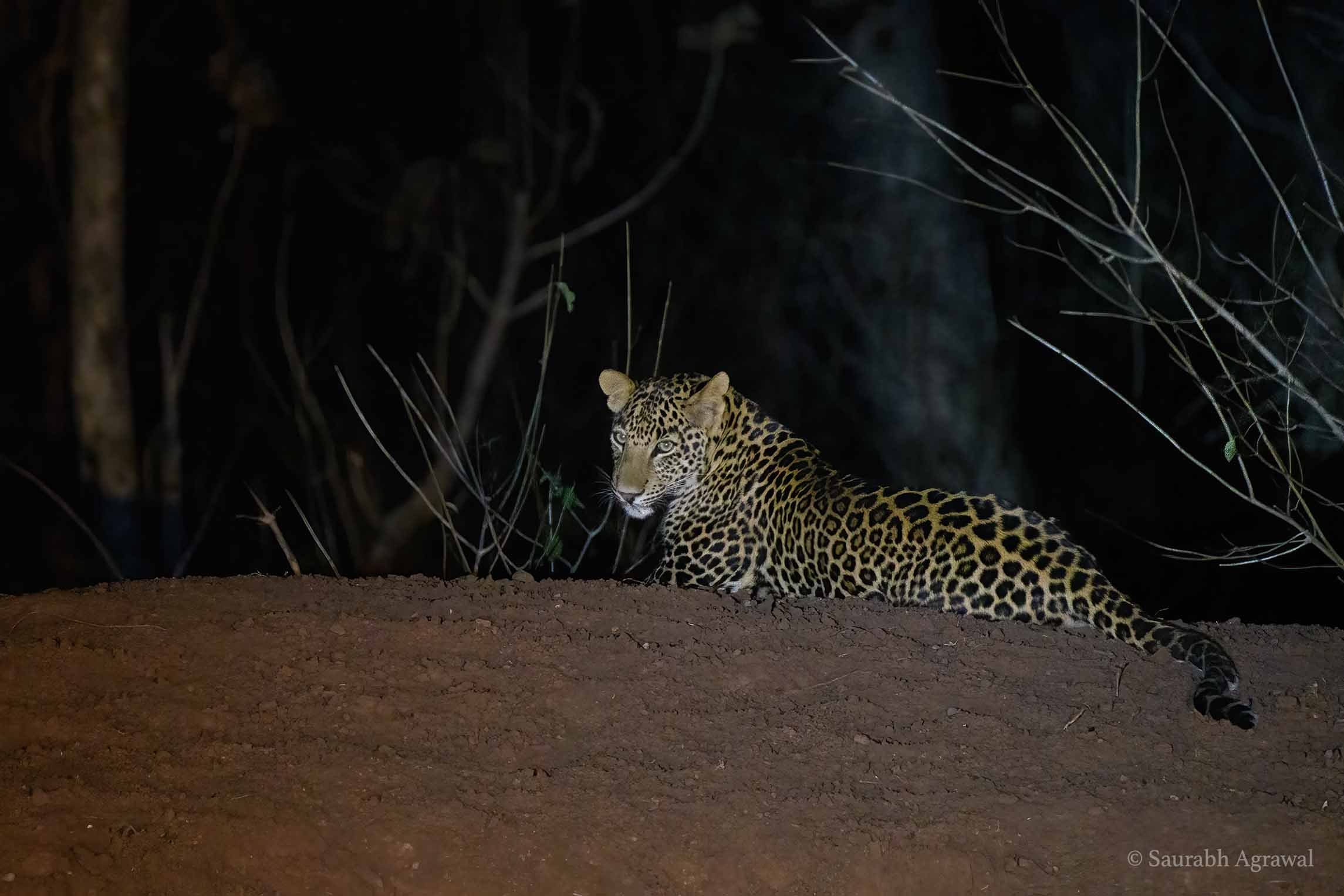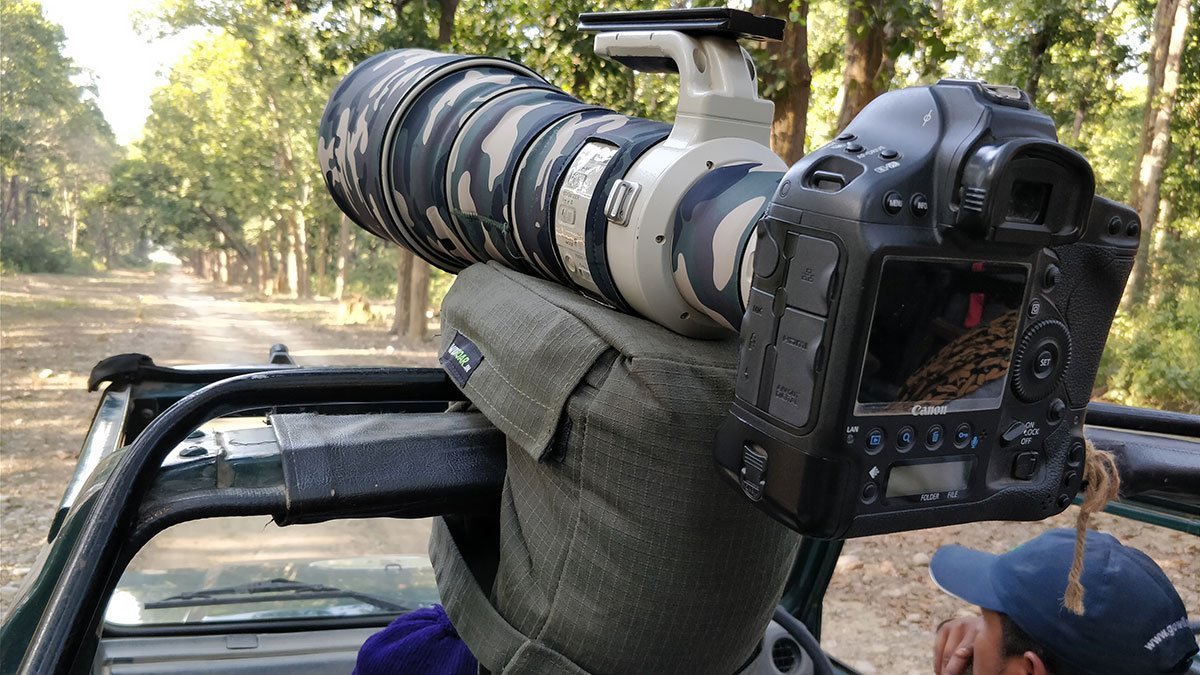Bandhavgarh Tiger Reserve
Famous For
Tiger safari
Best Time To Go
October – April
Peak Time
January – March
The Bandhavgarh National Park is located in the district of Umaria & Sahdol in the central Indian state of Madhya Pradesh. This reserve came into existence in 1968 when the Maharaja of Rewa handed over the area to the government. Cradled between the picturesque Vindhya and Satpura mountain ranges, Bandhavagrh consists an area of 448 square kilometers. It boasts a breathtaking mixture of dense green valleys and rocky hills. Mixed deciduous forests and woodlands are interspersed with flat grasslands and serene waterholes. A network of spring-fed streams provides a water source for the park’s wildlife.
Wildlife
Tours to Bandhavgarh & Beyond
Things To Do

Jeep Safari
The Bandhavgarh National Park has a good network of motorable tracks. The park authorities allow two game drives everyday on these tracks. The morning drive starts at dawn and usually lasts for about 4 hours. The evening drive is shorter of about 3 hours. On prior intimation, exclusive drives and full day drives can also be arranged. All vehicles have to be out of the park boundaries before dark. The park is closed on Wednesday afternoon safaris but buffer area of the park remain open. Some of the best sightings do happen in buffer area.
Only vehicles registered with the park authorities are allowed to enter the park. Each vehicle seats 4 or 6 people. In addition to a local tracker and a driver.
Caves
There are 39 historical caves in the Bandhavgarh National Park hills. Among them some of the caves are natural and some are man-made. While doing the park safari, especially during a safari in Tala zone, one can notice such caves made on sand-stone hillocks. Some of the caves carry inscriptions in Brahmi script (prevails in ancient India). Some caves also have embossed figures such as those of tiger, wild boar, elephant and horsemen. These caves are believed to date back to the 10th century AD.


Shesh Shaiya - The reclining Vishnu
Shesh Shaiya is a fairy tale spectacle of miniature water falls, vertically hanging ferns and an ancient pool besides which rests Lord Vishnu in reclining pose on the seven-hooded serpent called Shesh-Nag. The statue has been carved out of a single 20ft rock. This statue is believe to be of 10th century. It is also the origin point of Charan-ganga river which is a lifeline of Bandhavgarh. It is the same river that we come across while moving from Tala village to Tala entrance gate.
Night patrol
As the sun sets and the park transitions into the quiet embrace of night, you can set off on a journey to unveil the secrets of the nocturnal world. Bandhavgarh’s night safari offers a chance to witness the park’s creatures that come to life under the cover of darkness, including leopards, foxes, and various species of owls and nightjars. The night sky, a breathtaking canvas of stars unobscured by city lights, enhances the adventure. While on your night safari, you can spot numerous constellations and, if you’re lucky, a shooting star. Operating from 7:00 PM to 10:00 PM in the buffer forest, wildlife viewing is mostly done by the jeep’s headlights, as spotlights are not allowed.


Full day photographer’s safari
As the sun sets and the park transitions into the quiet embrace of night, you can set off on a journey to unveil the secrets of the nocturnal world. Bandhavgarh’s night safari offers a chance to witness the park’s creatures that come to life under the cover of darkness, including leopards, foxes, and various species of owls and nightjars. The night sky, a breathtaking canvas of stars unobscured by city lights, enhances the adventure. While on your night safari, you can spot numerous constellations and, if you’re lucky, a shooting star. Operating from 7:00 PM to 10:00 PM in the buffer forest, wildlife viewing is mostly done by the jeep’s headlights, as spotlights are not allowed.
Best time to visit
After a three-month closure for the monsoon, the reserve reopens, revealing lush green forests and animals with gleaming coats. The atmosphere is free from suspended dust particles, creating pristine conditions for photography. Large herds of spotted deer are frequently spotted during this time, making these months ideal for capturing stunning landscape photographs with wildlife.
From December to February, temperatures drop to around 5°C, marking the coldest months of the year. Mornings and evenings are chilly, requiring warm clothing. However, daytime brings pleasant warmth and sunshine. Tiger sightings are quite common during this period, and many migratory species can also be observed.
March and April are getting fairly warm during the days, but the mornings and evenings can be chilly and a jacket is recommended. It is also the best time to see birds mating. Tiger sightings also increase during this period.
May and June are the hottest months, often intensely so, with increasing humidity from mid-June as the monsoon approaches. We recommend carrying cotton clothing to stay comfortable. However, wildlife sightings are most abundant during these hot months, as animals gather around watering holes and the dried grass improves visibility in the forest.
The monsoon typically arrives in July and persists until September, leading to the closure of the core area of the reserve to visitors. However, safaris are still conducted in the buffer forest during this time. Wildlife sightings are less common, but when you encounter an animal, it will likely be a private sighting with no other jeeps around.



